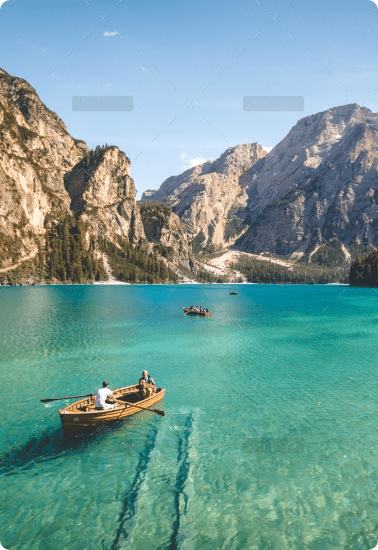Exploring The World With Us!
Discover unique destinations, travel tips, and unforgettable experiences.
Popular Destinations
Our Popular Destinations section is a treasure trove of the world's most enchanting places. From the romantic canals of Venice to the majestic mountains of Patagonia, we handpick destinations that promise unforgettable experiences. Each location is presented with vivid imagery and captivating insights, inviting you to immerse yourself in the beauty and diversity of these remarkable places.
Budget Travel Tips
Unlock the secrets to affordable globe-trotting in our Budget Travel Tips section. Here, you'll find a wealth of articles offering practical advice on how to explore the world without breaking the bank. From finding hidden gem destinations that offer great value, to savvy ways to save on accommodation and flights, our tips are designed for both novice and experienced travelers. Discover how to enjoy the richness of world travel economically, making every dollar count as you journey through different cultures and landscapes.
Special Travel Offers
Take advantage of our Special Offers to make your travel dreams a reality. We carefully select the best deals, discounts, and packages to offer you exceptional value without compromising on quality. Whether it's a luxury resort at a steal or an adventure tour at a special rate, our offers are designed to give you more for less. Keep an eye on this section for the latest deals that will make your next trip both affordable and extraordinary.
Our Travel Experience
Travel Destination Guides
Our Travel Destination Guides are comprehensive, insightful, and the perfect tool for planning your journey. Each guide is packed with detailed information about attractions, local customs, dining options, and hidden spots. They are crafted to enhance your understanding of each destination and ensure you experience the best it has to offer. Whether you're a seasoned traveler or a first-time explorer, these guides are an indispensable resource for your travels.
Gallery
General Travel Tips & Questions
Our General Travel Tips & Questions section is a goldmine of information, covering everything from packing essentials to navigating different cultures. We answer your most pressing travel questions and provide tips that come from real-world experiences. Whether you're wondering about the best travel insurance or how to stay safe abroad, this section is your go-to resource for practical, reliable advice that prepares you for the road ahead.
Most Wanted Travel Routes Around The World
Discover the most sought-after travel routes around the globe. Featuring destinations like Panama, Florida, Lisbon, and more, we provide a curated list of the top five cheapest flight offers from various U.S. cities to each location. This section is your gateway to exploring the world’s wonders without overspending on airfare. Whether you're looking for a tropical escape or a cultural adventure, find the best routes and deals to start your journey.










